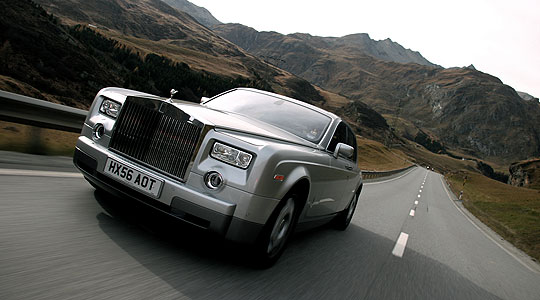
Rolls-Royce is poised on the verge of an exciting future; 2007 will see the introduction of one of the largest and most expensive two-door convertibles in history, sharing much of the Phantom’s engineering. Meanwhile work has begun on a new model series to be launched in 2009 – a new-generation saloon, smaller than the Phantom and costing between 200,000 and 300,000 Euros. This will surely be a Rolls-Royce for the business sector, aimed squarely at senior executives. But the current flagship is of course the Phantom itself. Is this a car designed only for the pleasure of rear-seat passengers, or does it offer a treat for the sporty gentleman driver? To find out, we took the living legend for a trip into the Swiss Alps.
Video:

The Rolls-Royce Phantom differs drastically from all other automobiles. That becomes clear even from the first miles on the motorway, the Spirit of Ecstasy mascot cutting a swathe through the traffic like Moses parting the Red Sea. The bonnet stretches out before me as, cosseted in black leather and polished wood, I am sucked forward with only a sonorous humming alerting me to the power of the vast, twelve-cylinder engine, a 6.7-litre engine with 453bhp and 531lb ft of torque which wafts the car from rest to 60mph in 5.7 seconds. As soon as pressure is applied to the throttle the front of the car lifts slightly, like the nose of a large yacht breasting a wave, and the Phantom surges closer to its 149mph top speed. From the engine, swaddled in centimetre-thick sound-proofing, scarcely a sound can be heard. Adding to the feeling of superiority is the height of the car, the throne-like seating position, and the pneumatic cushioning.
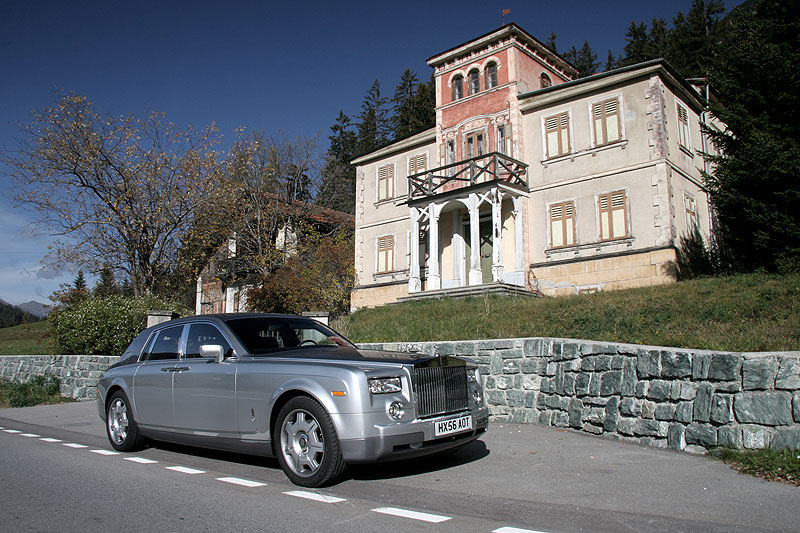
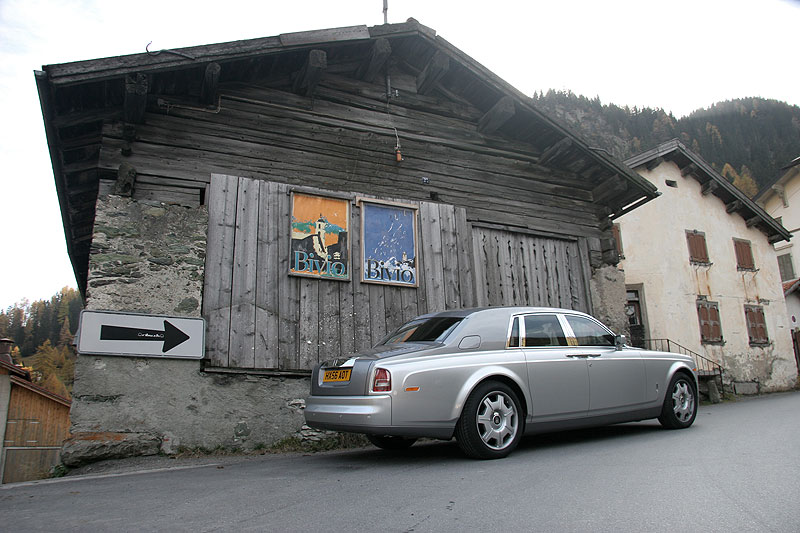
The 2.5 tons of silver-grey Phantom slide more gracefully than Hannibal’s elephants, from Tiefencastel, through Savognin and along the edge of an artificial lake to Bivio. Despite the mountain air thinning as we climb, strong but gentle acceleration powers us through the long curves, the old-fashioned steering wheel sliding pleasantly through the fingers. Instead of a traditional rev-counter, the instrument panel reports the percentage power reserve of the engine. We are driving within 30 per cent of the engine’s power reserves; but now it’s time for the mountain.
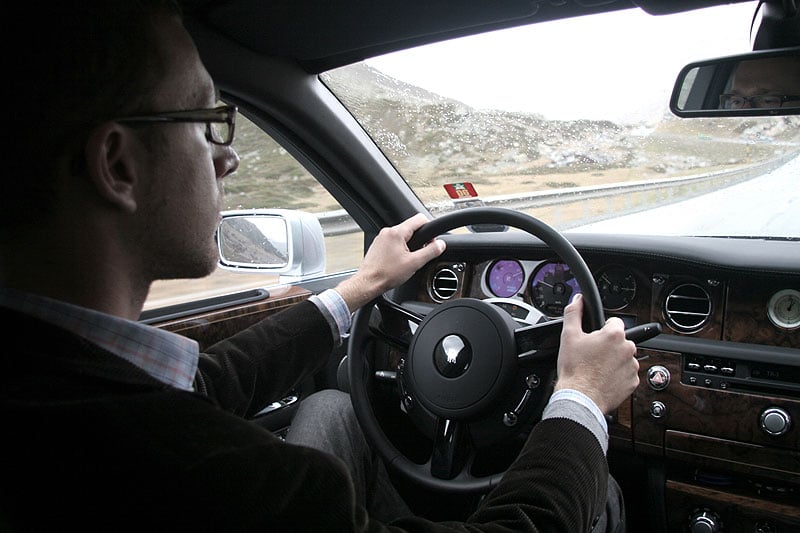
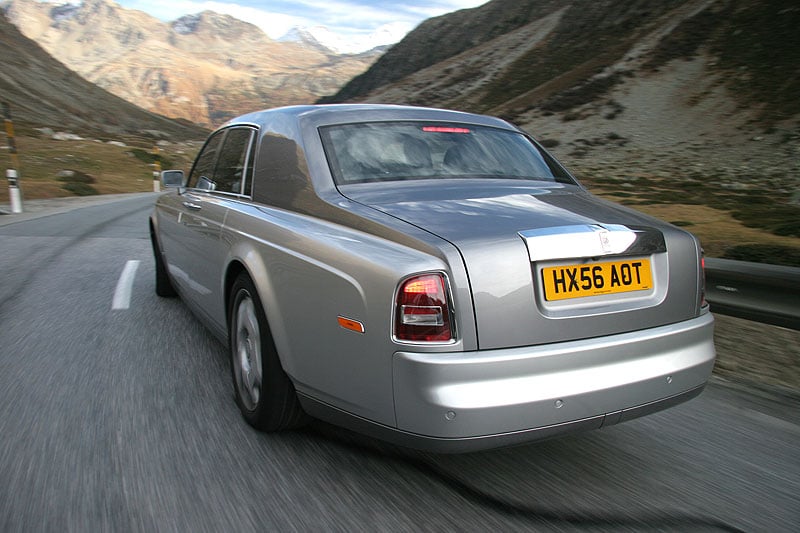
From the natural stone village of Bivio to the top of the Julierpass is just 9km; but it’s a climb of 515m. The Rolls-Royce tackles the turns with the determination of a yacht crossing high seas – up to the apex of the curve, the car’s long nose with short overhang pushes forward, then changes course by 90 degrees, pulling out of the curve with tremendous momentum. It is a little like skiing in the Telemark style, only uphill! Without perceptible effort, we ascend the Julier and devise a final test for the Phantom. A light pressure with the finger and from the armrest rises a silver button… the DSC stability programme is deactivated.
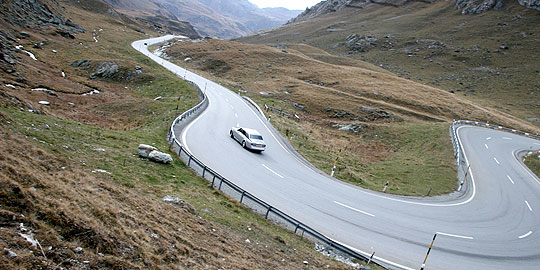
Will we slide like a rider on the legendary Cresta Run? Increasing the speed and with the traction control switched off, the Phantom nevertheless remains driveable. The tail twitches, but comes faithfully back into line. The steering continues to give stable feedback from the road, the body with its aluminium spaceframe providing rigid stability (the Phantom has twice the rigidity of a comparable steel-bodied saloon), while the long wheelbase and clever suspension cope with all we throw at it.
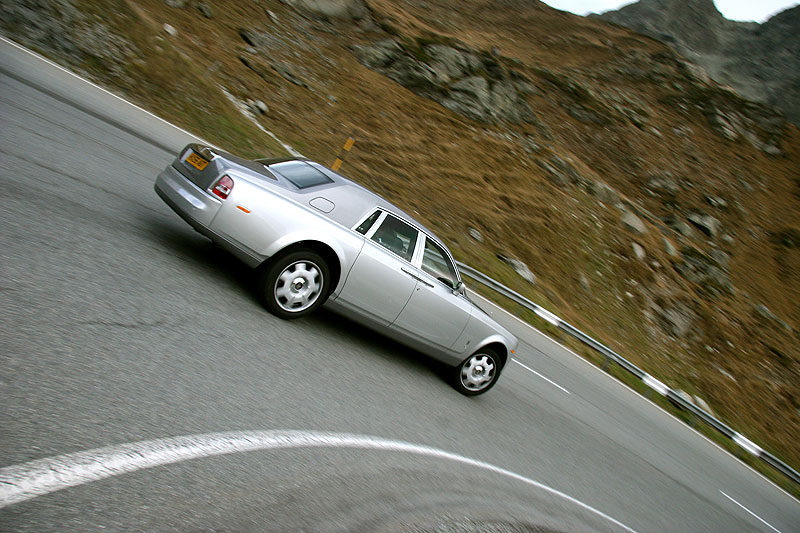
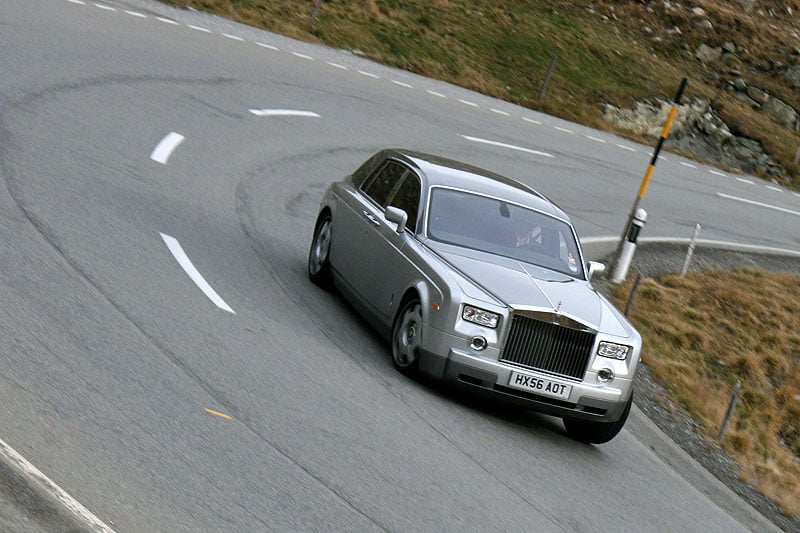
When I reach the peak of the Julierpass at 2284m, I am finally convinced that the Rolls-Royce Phantom offers everything it claims: impressive dynamics, unrivalled comfort and reliable technology. The Phantom combines the best of 100 years of tradition with the requirements of the new millennium. The road ahead winds down to Silvaplana, while farther back in the valley lies St Moritz, winter residence of the European jet set – and known widely as the ‘Top of the World’. The Phantom has reached its goal: it carries the spirit of the past century into the present like no other car. It is timeless.
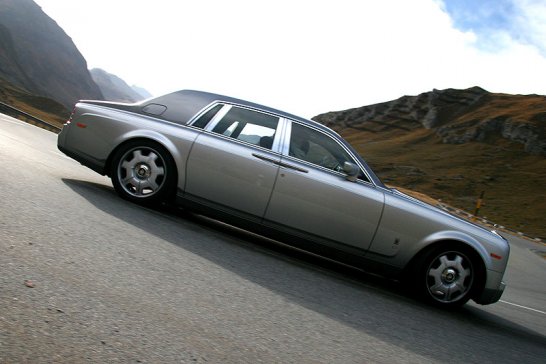
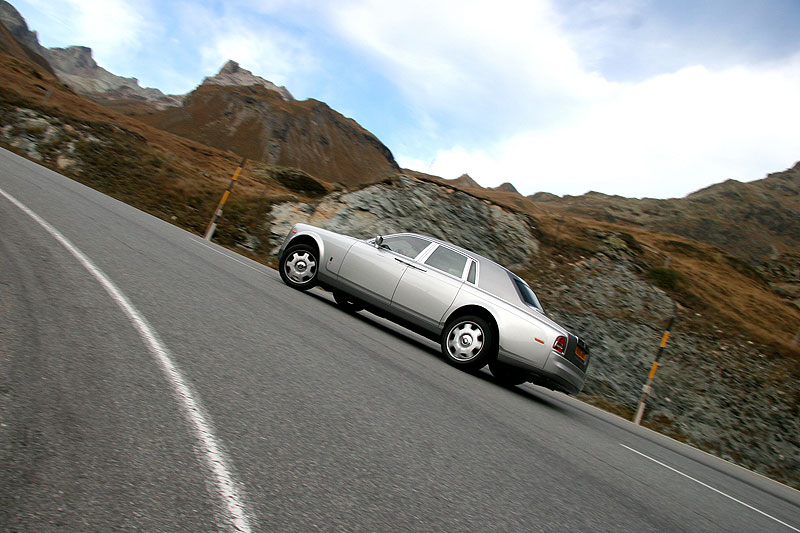
Text/Photos: Jan Baedeker
Production:J. Philip Rathgen
Video: Jan Baedeker/Miguel Martinez (Kamera)/Maike Möller (Schnitt)/Julius Steinhoff/Smallville Records (Musik)
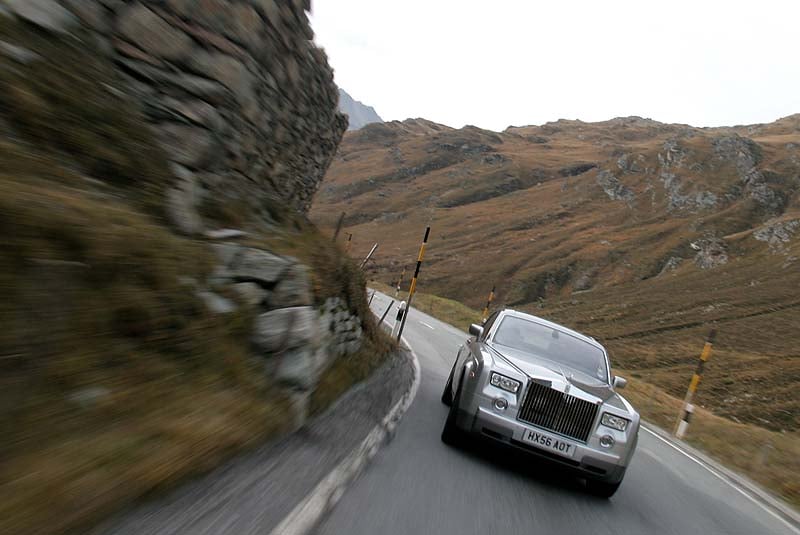
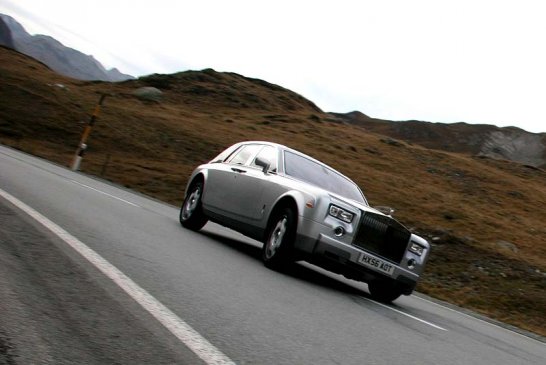
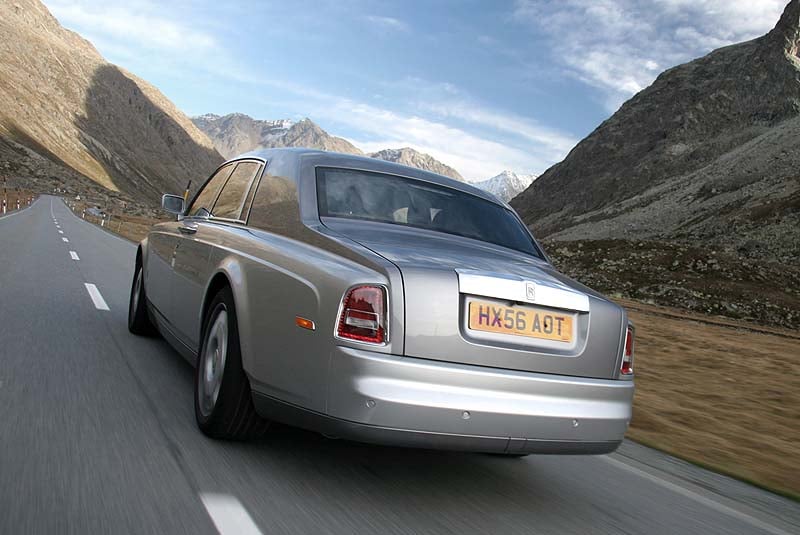
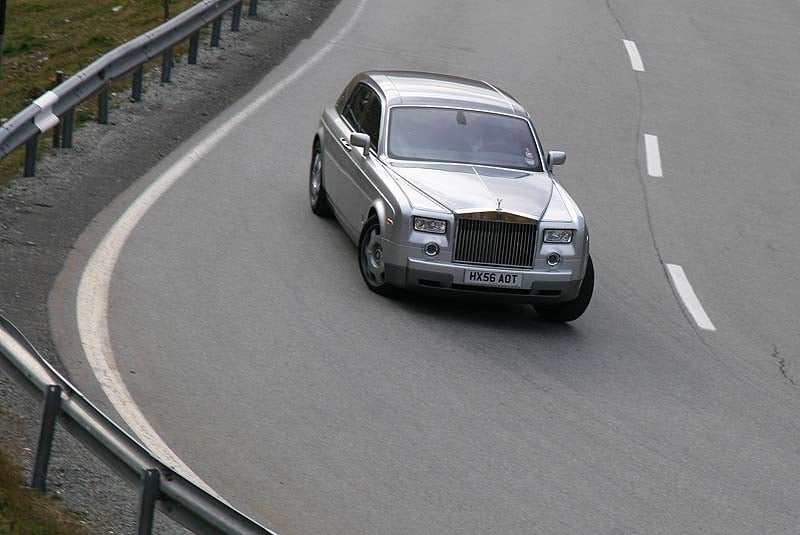
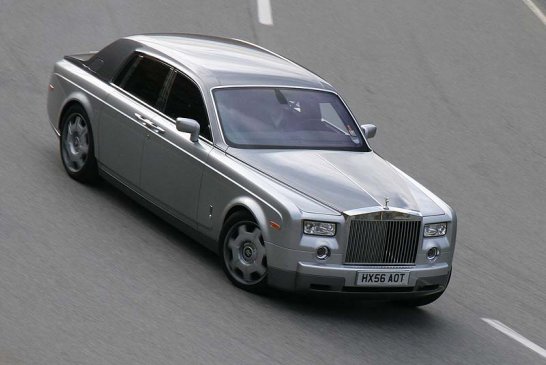
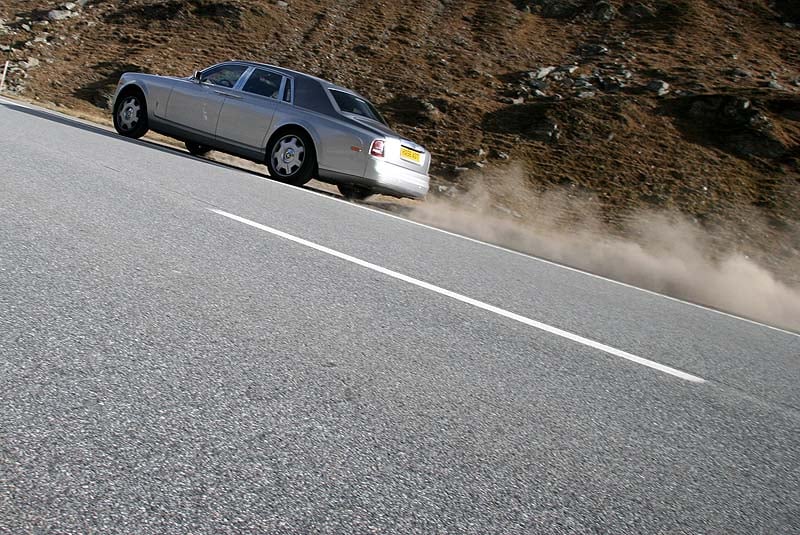
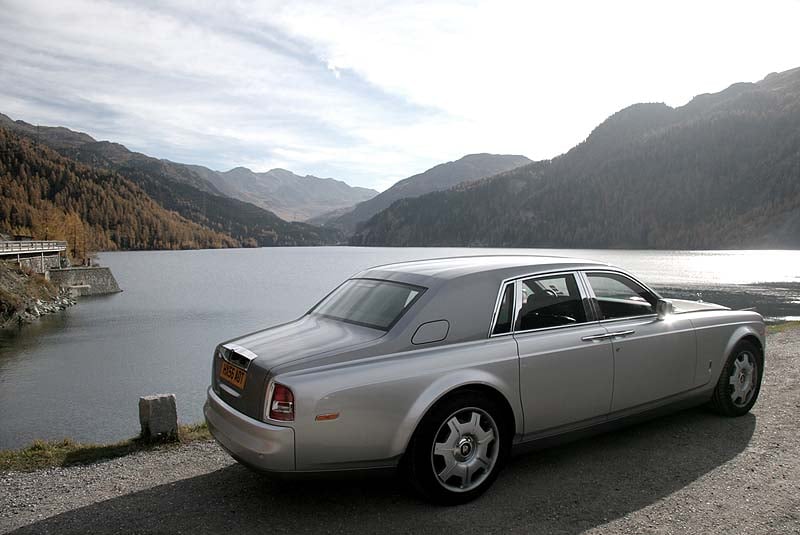
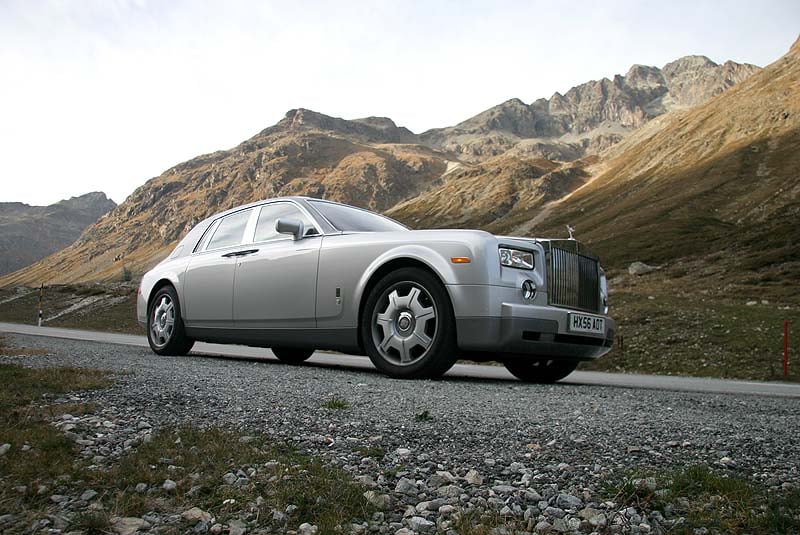
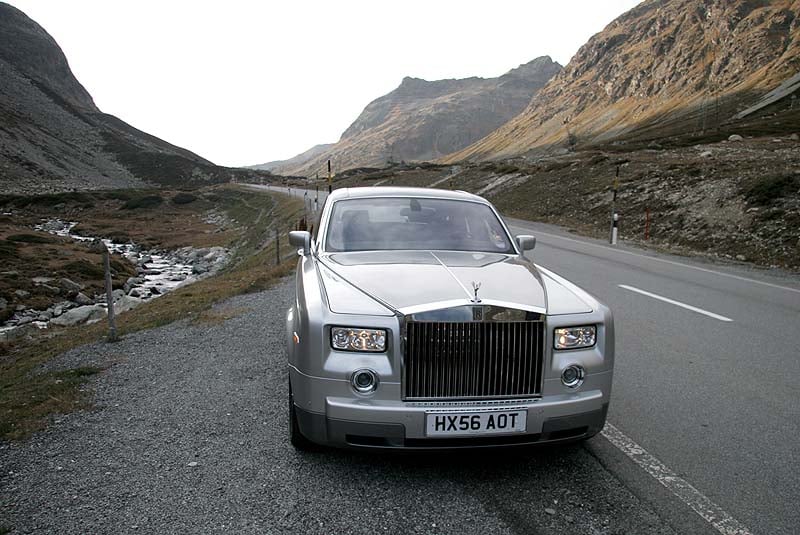
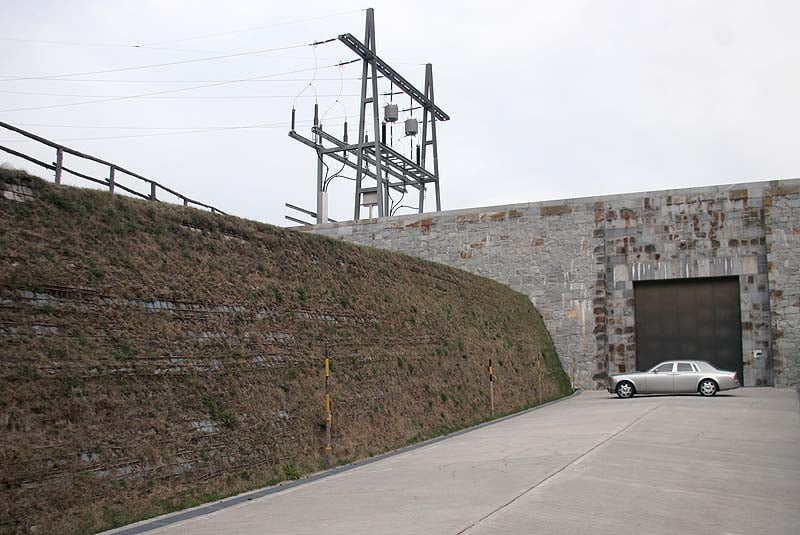
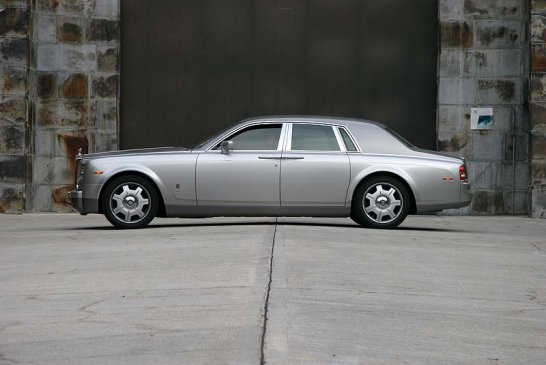
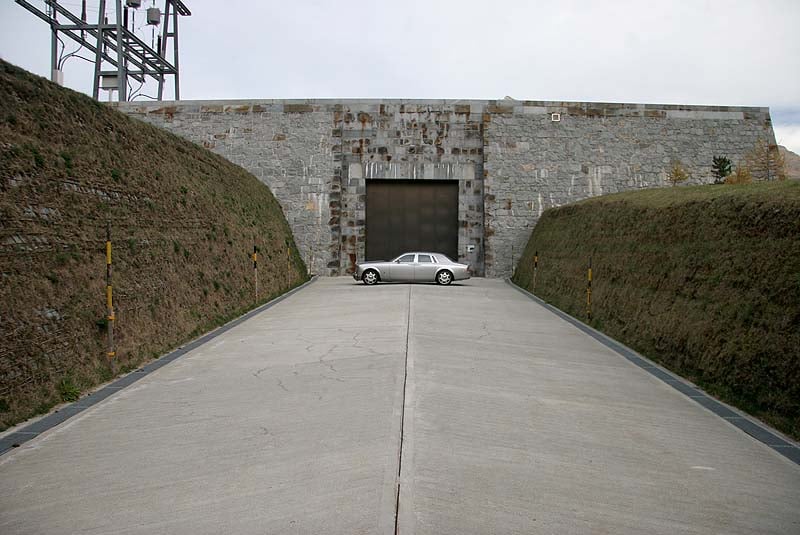
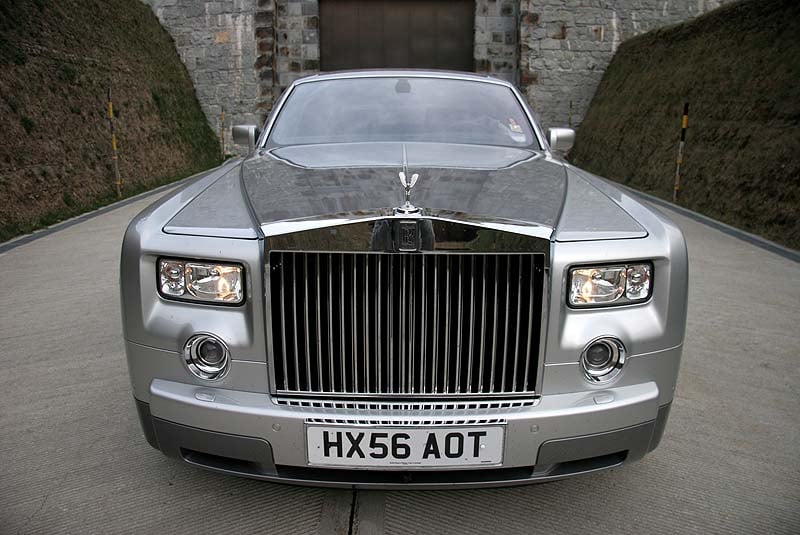
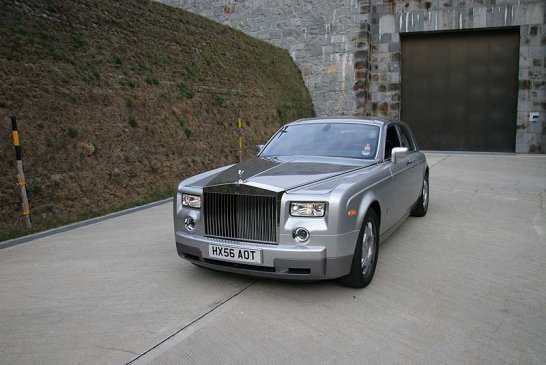
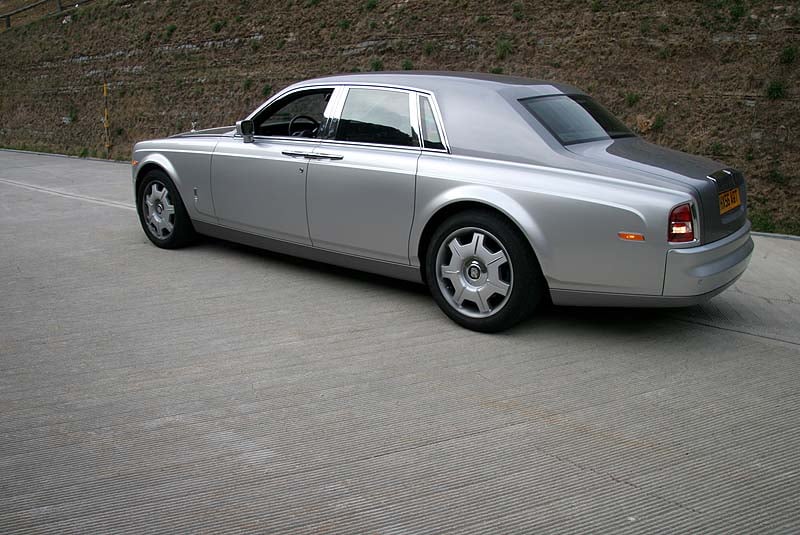
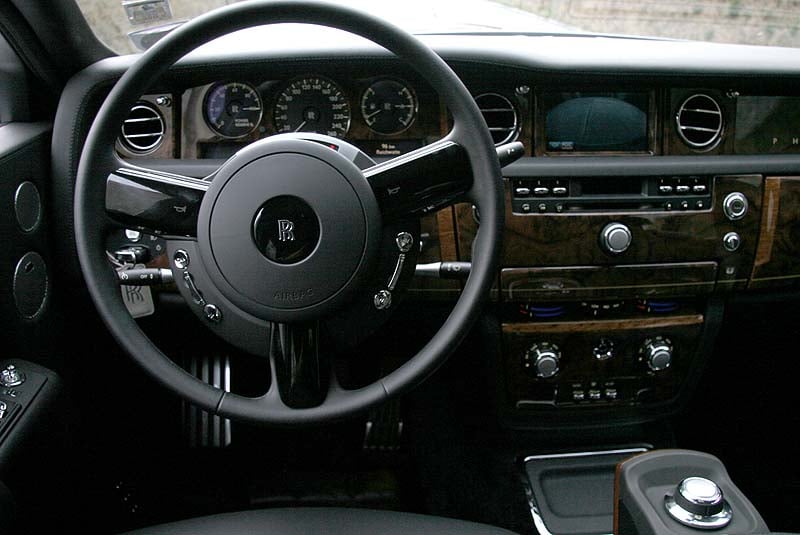
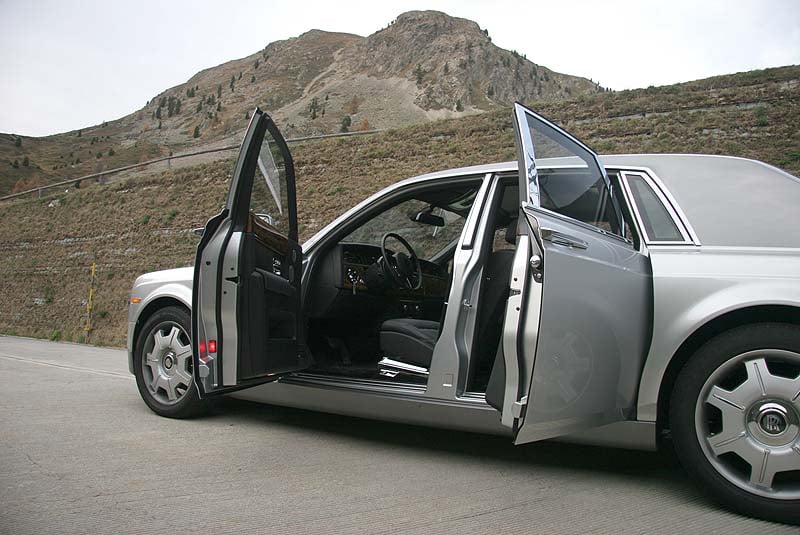
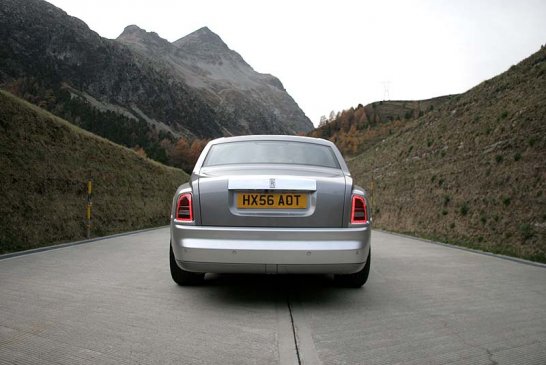
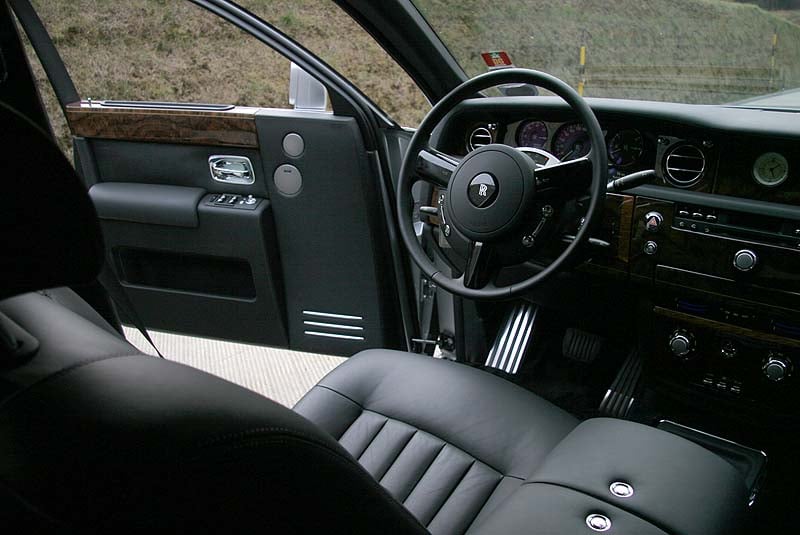
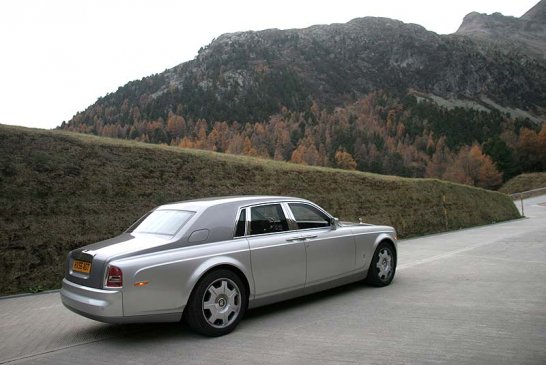
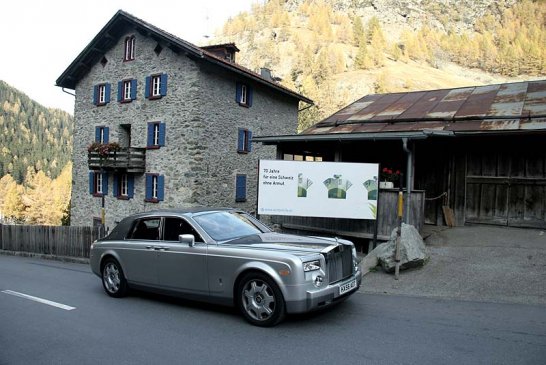
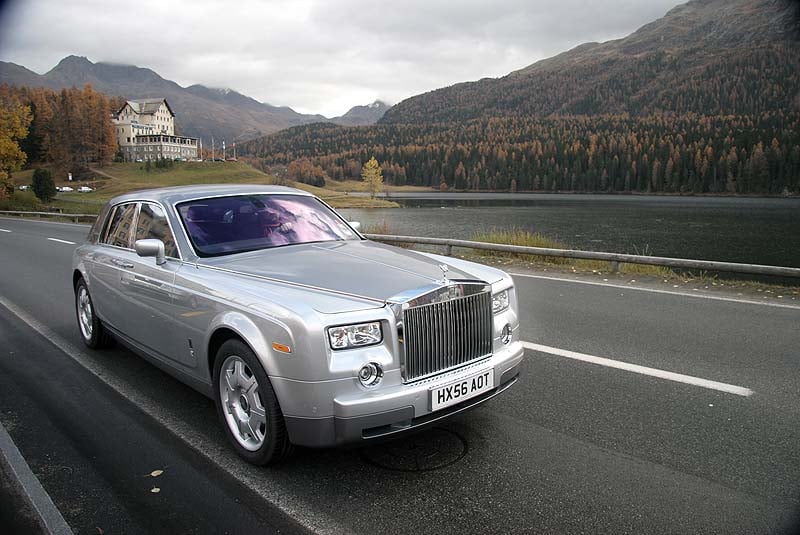
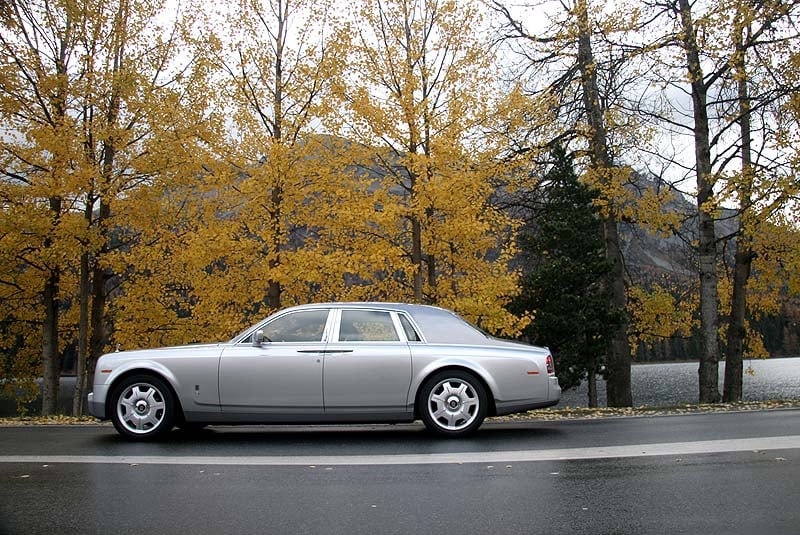
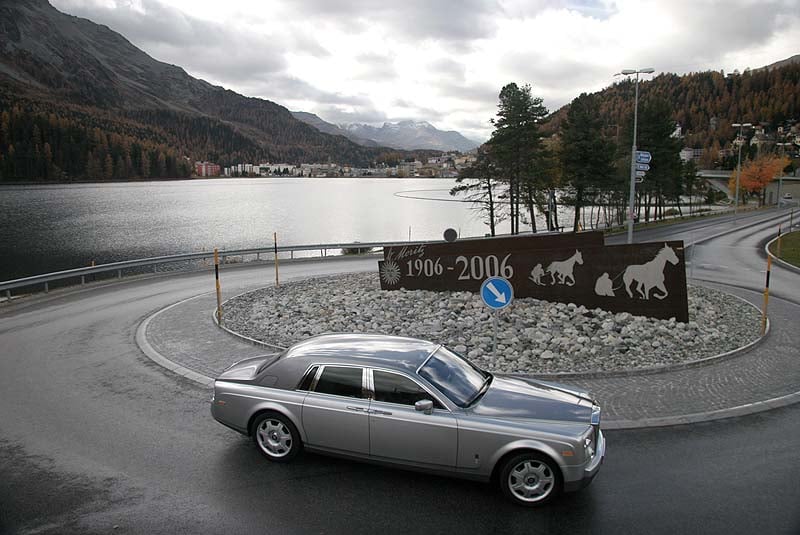
ClassicInside - The Classic Driver Newsletter
Free Subscription!




































